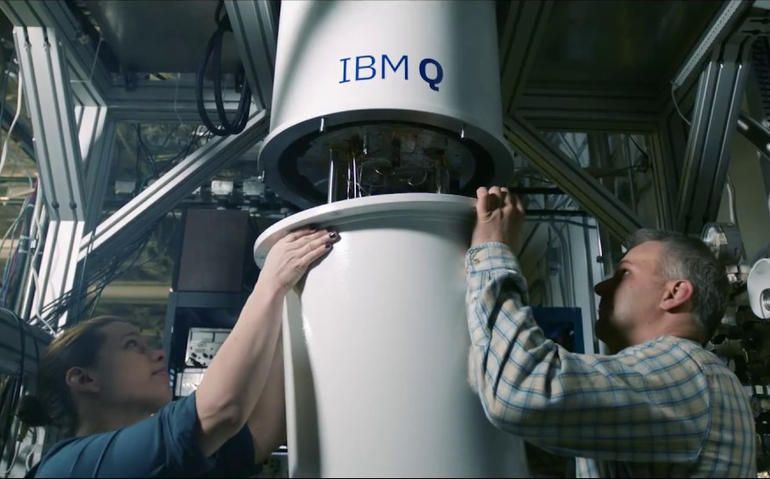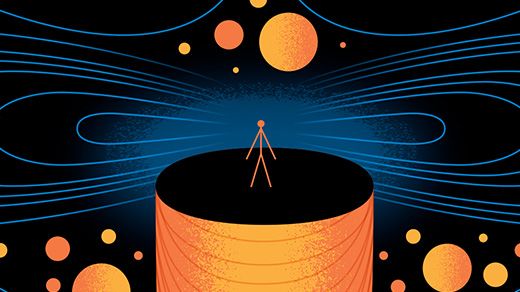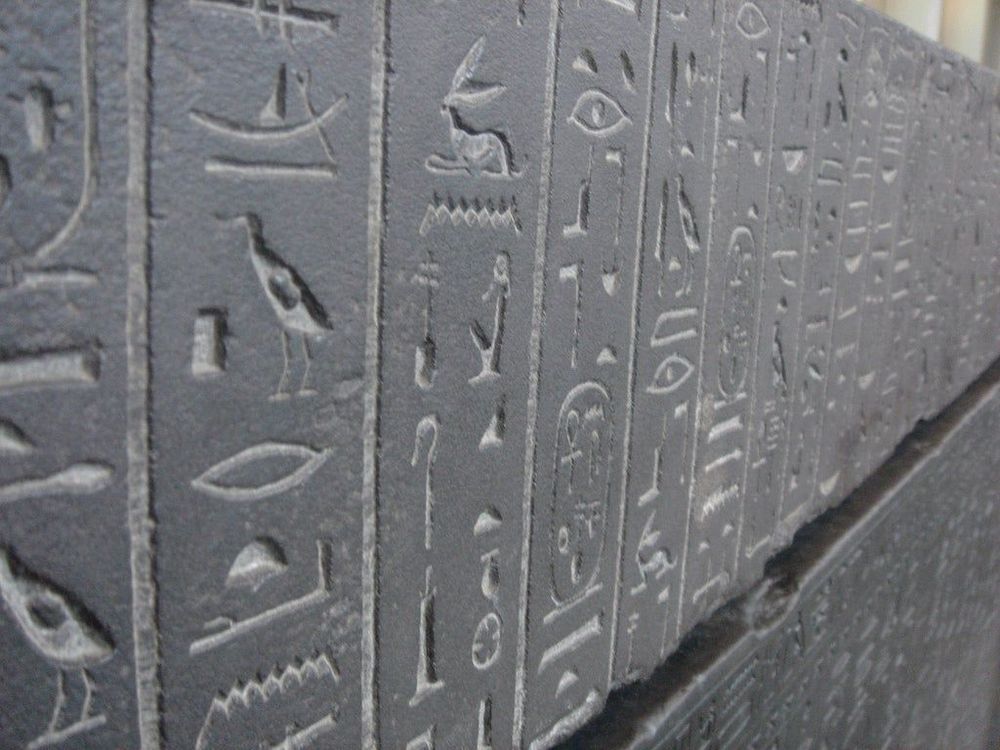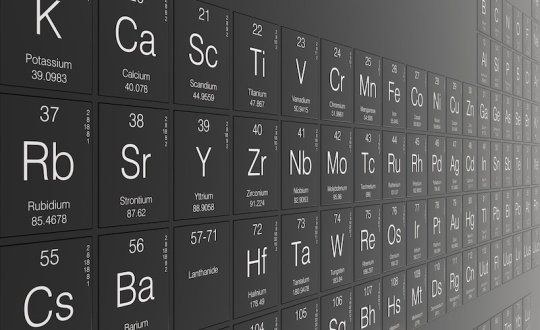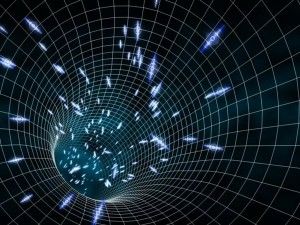A team from the Department of Energy’s Oak Ridge National Laboratory has conducted a series of experiments to gain a better understanding of quantum mechanics and pursue advances in quantum networking and quantum computing, which could lead to practical applications in cybersecurity and other areas.
ORNL quantum researchers Joseph Lukens, Pavel Lougovski, Brian Williams, and Nicholas Peters—along with collaborators from Purdue University and the Technological University of Pereira in Colombia—summarized results from several of their recent academic papers in a special issue of the Optical Society’s Optics & Photonics News, which showcased some of the most significant results from optics-related research in 2019. Their entry was one of 30 selected for publication from a pool of 91.
Conventional computer “bits” have a value of either 0 or 1, but quantum bits, called “qubits,” can exist in a superposition of quantum states labeled 0 and 1. This ability makes quantum systems promising for transmitting, processing, storing, and encrypting vast amounts of information at unprecedented speeds.


